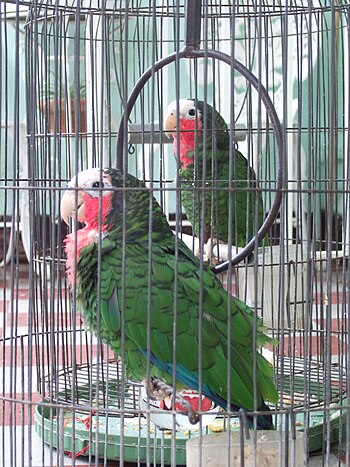 Before setting the bird into its “ lodging ” you should do something else
Before setting the bird into its “ lodging ” you should do something else
Never the less that the birdcage is new, and the perches are ecologically clean, they should be disinfected carefully. I call this operation “carbonation ”, because as a “disinfectant” gas for burning is used, and gas for cigarette lighters can be used but it can be quite expensive.
How to proceed :
Wash both the birdcage and the wooden sticks with soap and hot water.
Leave them dry well especially the sticks because they soak with water and drench.
Prepare the gas and a cloth with which to put the gas over the perches and the birdcage. It is compulsory to put gloves ( surgery or household for washing plates ), otherwise, your hands will smell awful.
Slightly damp the cloth, but not to drop gas from it, and carefully rub the birdcage everywhere and the perches. Now the birdcage and the perches are absolutely ready to be completed and to put the bird inside.
The disinfection is very useful for the bird because when it steps on the “ carbonated ” perches, a part of the gas gets soaked into its legs and then when scouring themselves it goes on its feathers.
It is good at least once or twice to clean the perches with gas and to change them. That is why I told you, in the beginning, to provide yourselves with wooden sticks.
o clean the birdcage with gas is more difficult because you are supposed to have a spare ” lodging ” for the bird, where to put it temporarily. Nothing prevents you from cleaning the birdcage periodically with a cloth damped with gas without washing it with soap.






